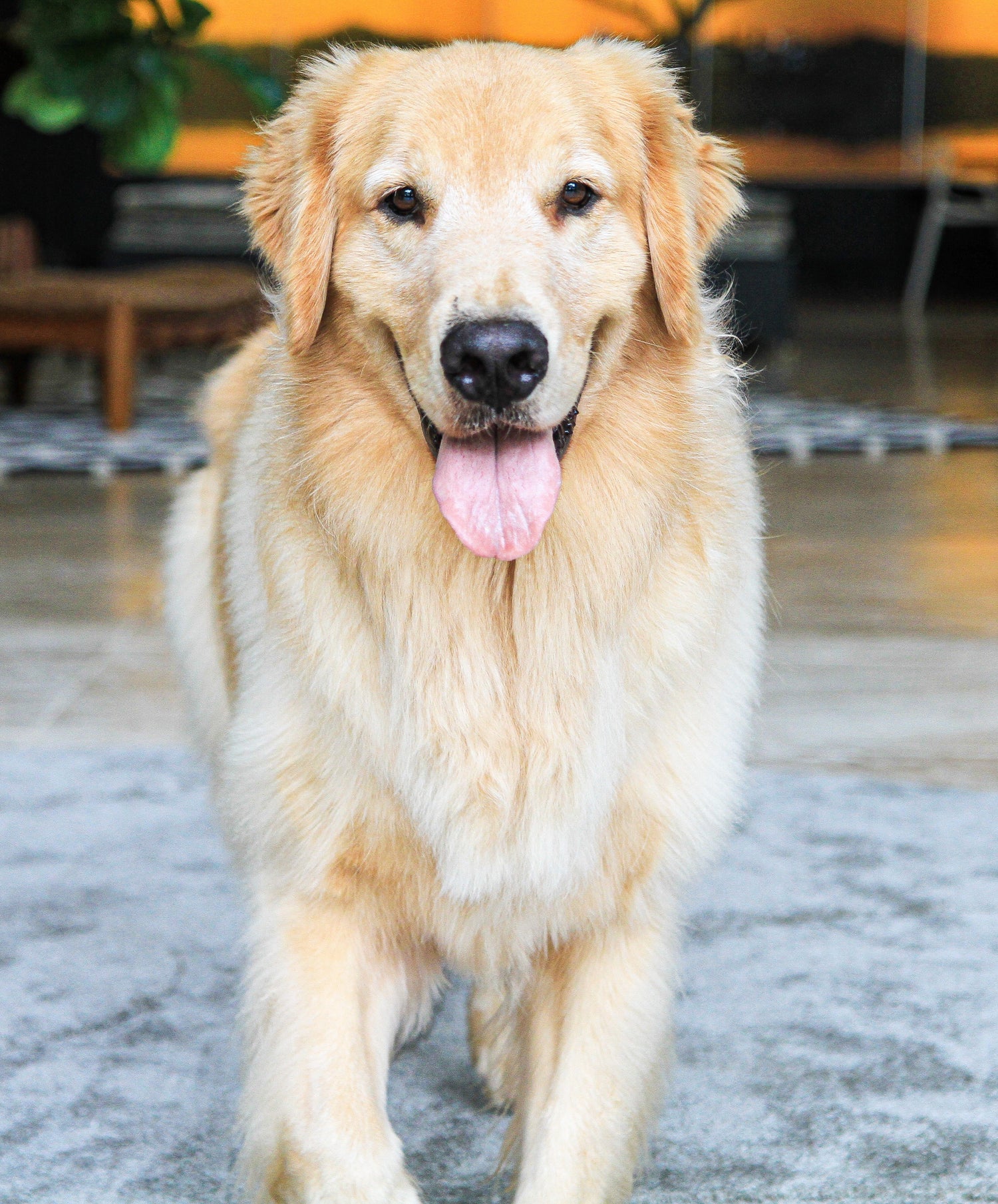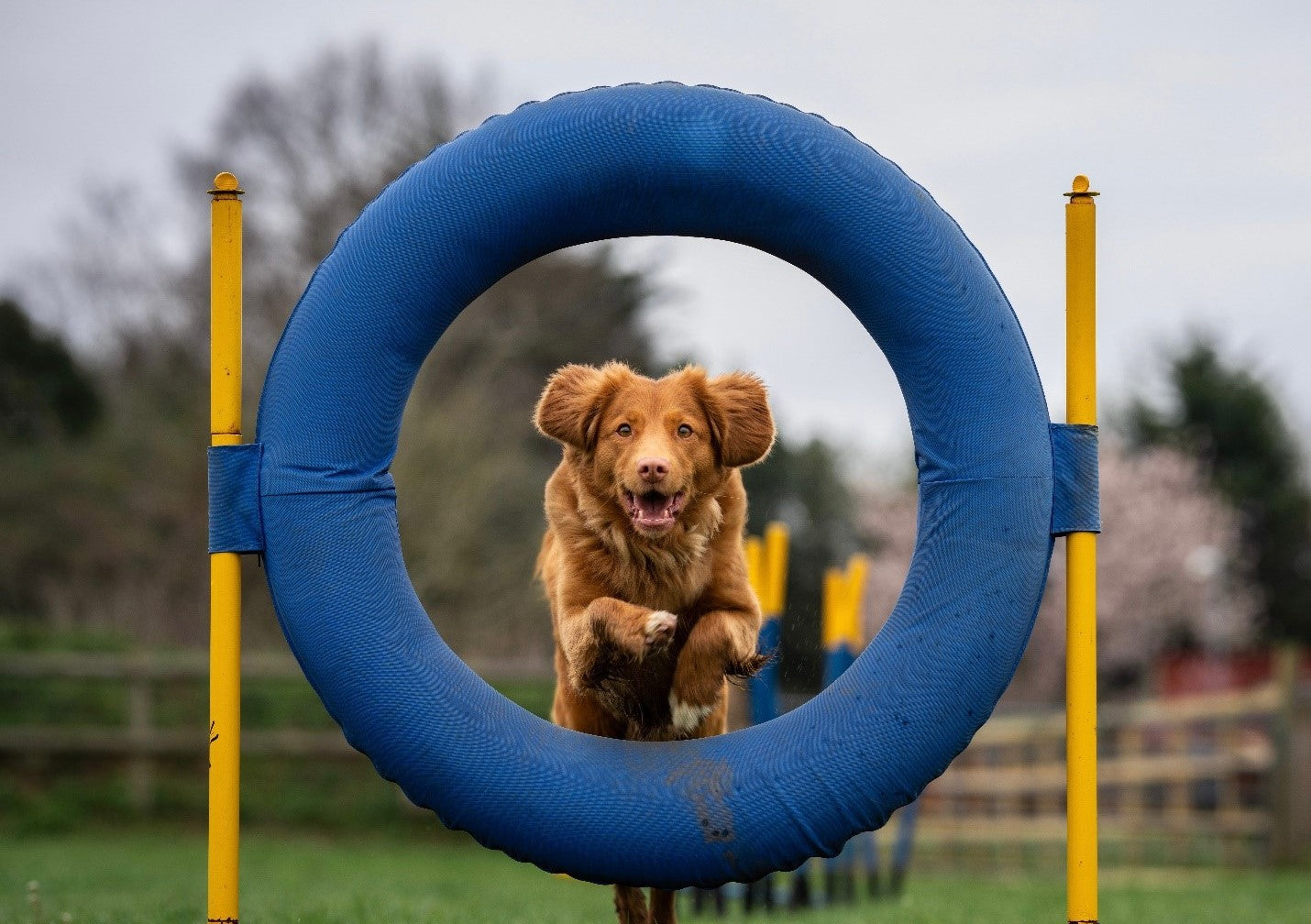Dogs have been our loyal companions for thousands of years, providing us with love, joy, and comfort. But did you know that dogs are also one of the few species that can be trained to help humans in specific ways? From guiding the blind, providing emotional support, performing various tasks such as finding bombs, identifying drugs, assisting people with disabilities, and much more. Dogs have a remarkable ability to understand and assist with various human needs. So, how do dogs know how to help people? Let's dive into the fascinating world of canine learning and behavior to find out.
The Power of Observation
Dogs can also learn to help people through socialization and observation. Dogs are highly social creatures and are constantly observing and learning from their surroundings. When dogs interact with humans, they quickly learn to interpret human body language, tone of voice, and facial expressions. This ability allows dogs to detect various human emotions and respond accordingly, providing emotional support to those in need. In addition, dogs can learn to perform tasks by watching and imitating their human handlers or other dogs. This natural ability to observe their environment and respond accordingly has made them the most reliable assistance animals.
Empathy
Dogs are also known to be highly empathetic creatures. They instinctively pick up on the emotional state of their human companions and respond appropriately. This quality is what makes them excellent therapy dogs. They quickly sense if their handlers are stressed, anxious, or in pain and offer comfort by cuddling, licking, or staying close. Their ability to sense what humans feel is also important if they are to assist humans in dangerous situations like fire rescue or detecting drugs.
Training Matters
Although dogs have natural tendencies to help, training plays a crucial role in molding their behavior. Dogs who work in different capacities undergo rigorous training programs that put their skills and abilities to the test. Assistance dogs go through rigorous training programs that equip them with specific tools and techniques to assist their human partners. Some dogs are trained to open and close doors, retrieve objects, and even provide a sense of security to children with autism. The training is designed to bring out the best in the dog's personality and make them productive assistants. This training helps them learn to work under pressure, in different environments, and with a variety of people. They also receive constant practice to maintain their skills, which ensures they can perform exceptionally when called upon.
Genetics and Breeding
Dog breeds also play a significant role in their ability to assist humans. For instance, the Golden Retriever is the most popular breed for assisting visually impaired individuals worldwide due to their excellent sense of direction and apprehension and Golden Doodles are growing in popularity as well. Their friendly disposition and unwavering loyalty make them natural companions for visually impaired individuals. Similarly, German Shepherds are commonly used in law enforcement due to their agility and intelligence. The breeding of dogs for specific tasks helps to ensure that they possess the desired traits needed for the tasks.
Another way in which dogs learn to help people is through their natural instincts. For instance, some dog breeds, like Border Collies and Australian Shepherds, have an innate herding ability. This natural instinct makes them well-suited for tasks such as guiding livestock or helping to corral groups of people. Other breeds, like Bloodhounds and Beagles, have a natural talent for tracking and are often used in search and rescue operations.
Canine learning is not limited to dogs that have been trained for a specific job. Even everyday family pets can be taught to assist humans in their daily lives. For example, dogs can be trained to retrieve items, open and close cabinets and doors, turn lights on and off, and even alert their owners of medical emergencies. Health Extension® IMPAwFEct Training Treats are an easy way to teach your dog new tricks.
Bond with Humans
The bond between dogs and humans is what makes them extraordinary animals. From the day they are born, dogs are paired with humans, and they grow to see them as part of their pack. This bond creates a strong sense of loyalty and courage in them. They are willing to put themselves in harm's way to protect their humans. This bond also makes them want to please their handlers, making them more obedient and eager to help in any way.
Unconditional Love
Finally, dogs have an innate sense of loyalty and an eagerness to please their people. This unconditional love for their humans makes them the perfect companions and motivates them to perform their duties as assistance animals with utmost sincerity, loyalty, and dedication. So go ahead and give them a little love in return with these heart shaped Health Extension® Crunchy Treats.
In conclusion, dogs’ ability to help humans is a combination of genetic traits, observational learning, empathy, and the bond they have with humans. Their innate intelligence, loyalty, and affection towards humans, coupled with specialized training and practice programs, make them invaluable assets in different tasks that involve helping humans. Whether it's sniffing out drugs, rescuing victims, detecting medical emergencies, or offering emotional support, dogs have proved time and time again that they are much more than just pets. They are active and willing partners in helping humanity. So next time you see a dog wearing a service vest, remember that these loyal creatures have undergone specialized training, and their ability to be helpful comes naturally to them.



